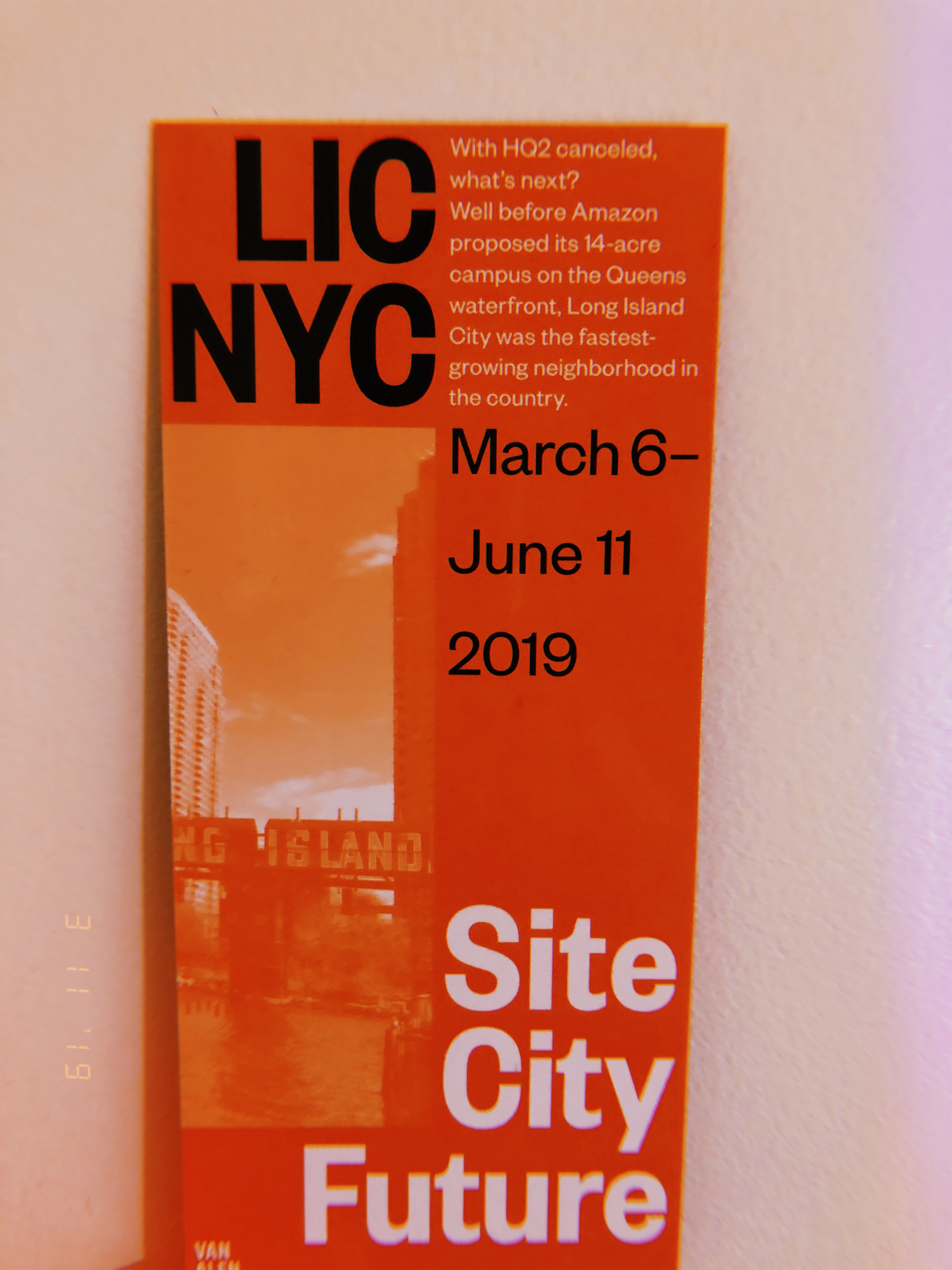With Amazon Headquarters 2 (HQ 2) cancelled, what is next? Despite opposition from union leaders and progressive politicians and activists to the proposed 14-acre campus on the Queens waterfront, supporters strongly believed that the headquarters would have diversified New York City’s economy. Urbanists across the nation have begun to analyze the merits of Amazon deal while putting aside any feelings around the ethics of Amazon as a whole. Urban planners also call into question Amazon’s commitment to design.
On the sixth of March, the Van Alen Institute held one of many events in their LICNYC: Site City Future series. As a space that champions “design innovation, bridging architectural education and professional practice,” the institute is committed to urban well-being. Just as many labor rights activists have been unimpressed with Amazon’s treatment of their workers, the panelists at the Van Alen Institute were also skeptical. They stressed that Amazon could have been a great deal for New York City, yet the company failed to put forward a deal that people could buy into. Most notedly urban planners on the panel discussion that night was the fact that Amazon did not consider the implications of their proposed headquarters’ location, therefore failing to leverage the opportunity put before them. This event was born out of the desire to have a discussion about Amazon’s HQ 2’s connection to Long Island City and one of its greatest features: waterfronts.
New York City has more than 520 miles of coastline and Amazon’s proposed HQ 2 was going to set to occupy just a small portion of that in Long Island City. During the Wednesday night panel discussion, the waterfront as the next frontier for development was a focal point of the conversation. However, the urban planners and architects agreed that it is a lucrative, yet tricky thing to optimize development on waterfronts during the times of climate change. The assertion was made by one of the panelists that waterfronts are where matters of equity come together: a place that was once the place for warehouses that people did not want in their backyard are now places for the rich. From a design perspective, this only becomes an issue when companies or individuals want to privatize the waterfront.
When asked what New York City needs more of, panelist Jay Valgora of STUDIO V Architecture argued that we need resilient infrastructure. Again, the difficulty of navigating climate change arose in conversation. Cities need to grow and stay vibrant and this task will require more infrastructure, jobs, and attention to the environment. In these conversations of a city’s growth, it can be easy to frame it in a way that our thinking prioritizes business over people. However, we must not forget that the business cannot be prioritized over the needs of the environment and the people.
As I sat watching the panel die down and transition to audience questions, the panelists acceded that failed plans, like Amazon HQ 2, can be recycled. A question that went unspoken and subsequently unanswered in my head was: When this plan is recycled, what will future conversations say of it in terms of racial and class inequity? The main office of the Van Alen Institute and the location for this event is just south of the Flatiron Building in the neighborhood of Gramercy. That night, we were far away from New York City neighborhoods who feel racial and class inequity the most, and I could feel the oblivious sentiment to those people’s voices being void from the room. Rebuild By Design’s Amy Chester shared a story where she was working with the Harlem Children’s Zone and created a superblock where charter schools would be located. To her surprise, community members did not like that idea when she introduced it to them. From my perspective, this disconnect that Chester felt with the community she was building for could have been alleviated slightly if the building plan had a more comprehensive approach that could weed out possible social inequities. To do so, urban planners should be brought into conversations around infrastructure sooner rather than later.
While sitting in a room of six White panelists and 30-some-odd attendees, the overwhelming majority of who were also White, I thought of NYU students’ role in the Amazon deal. Do we, as students of this university, perpetuate the same things that critics attacked Amazon of doing, which led to a failed HQ 2 deal? President Andrew Hamilton was one of the many signatories on the open letter to Amazon Chief Executive Jeff Bezos. During a University Senate meeting on November 8th, President Hamilton referenced his signing onto this letter as he hoped for NYU students to play an important role in Amazon’s employee pipeline and technology research. This sentiment was further backed by the Economic Development Corporation’s presentation on Amazon HQ 2. As a NYU student, I find it crucial to deeply consider the role that NYU, and by default, NYU students play in this quest to make New York City active in a global, tech economy while also vying for livability.

